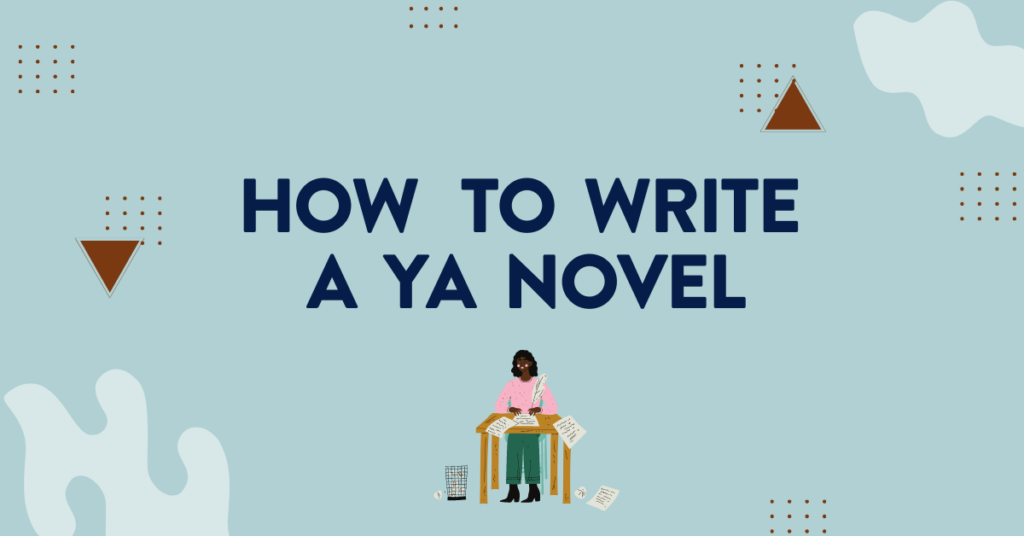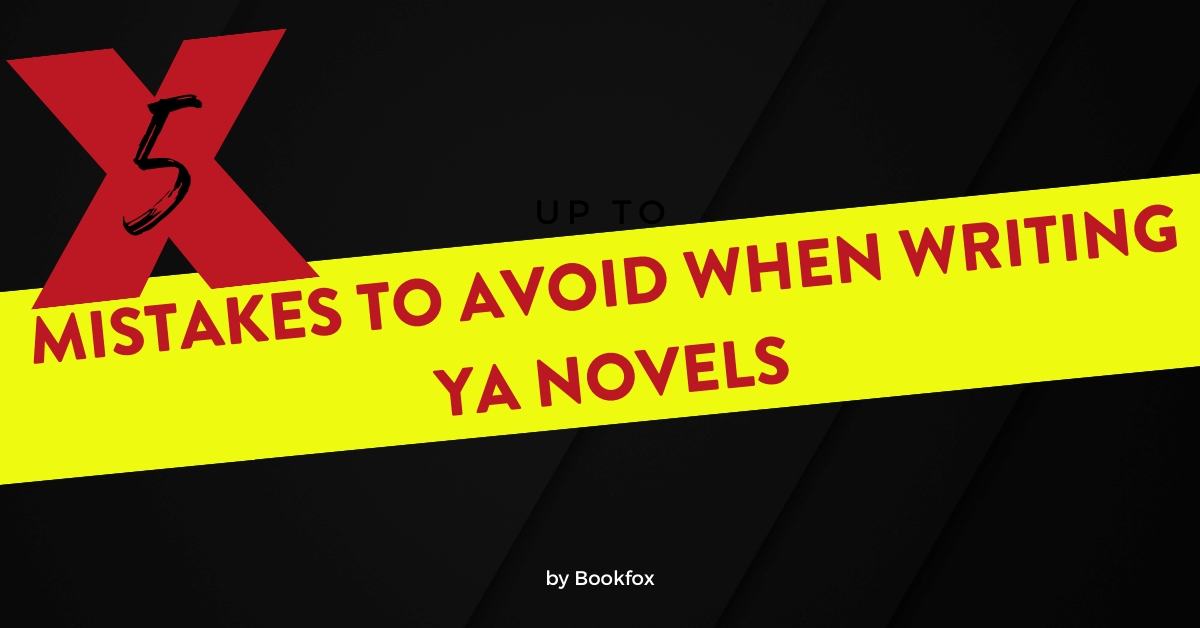
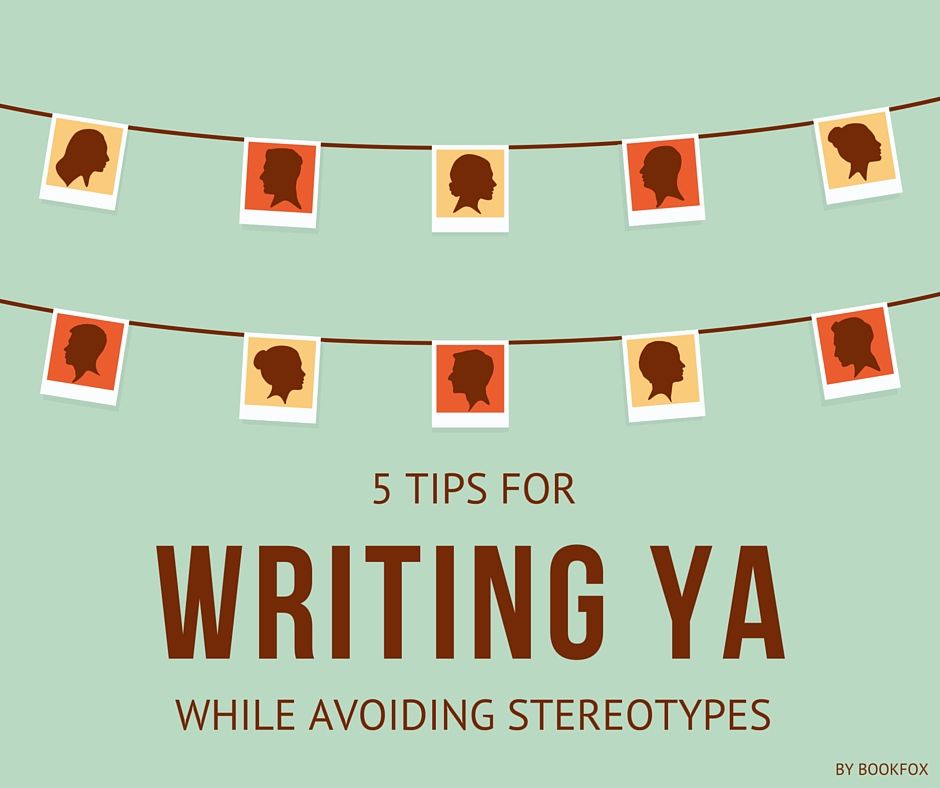 Writing young adult novels is a bit like playing Concentration, the memory game where you have a bunch of mixed-up pairs of cards facedown and have to match them up by randomly flipping over two at a time. You have to remember how it felt to be sixteen and simultaneously enamored and terrified of the world.
Writing young adult novels is a bit like playing Concentration, the memory game where you have a bunch of mixed-up pairs of cards facedown and have to match them up by randomly flipping over two at a time. You have to remember how it felt to be sixteen and simultaneously enamored and terrified of the world.
Anyone who was an avid reader in middle school has probably, at some point or another, read a book (or many books) that would be considered serious (i.e. not Twilight) “young adult” literature. Whether it’s the Ellen Hopkins Crank series about teens with various drug addictions, bubblegum-pop Sarah Dessen romances, or John Green’s Nicholas Sparks-esque cancer tragedy The Fault in Our Stars, chances are if you’ve grown up loving to read, you’ve grown up reading YA lit.
In a world where adult literature feels insulted by being called YA lit, it can be hard to tell the line of distinction beyond where Barnes & Noble shelves each book. Maybe highbrows want to accuse The Goldfinch of being YA lit because its protagonist is a young boy, but YA lit cannot be defined simply by how old your characters are. It’s not even about writing style: It’s about how you present adolescence and all the struggles that follow, and if you’re presenting all of that in a rosy, idealized light, it’s probably a YA book.
Most of The Goldfinch’s backlash seems to come from its “fairytale” qualities. But adult lit romanticizes things the same way. (I mean, adult writers can even make war look pretty.) So the extremely fuzzy line must be subject matter: whether or not what the writer is romanticizing is youth.
Don’t listen to people trying to tell you adults should be ashamed of YA lit. Writing YA can be totally fulfilling. You’re the starting point for a lot of people first getting into literature. Plenty of YA fiction has proven to be worth more than critics’ opinions. If you want to create something that defies the stereotype of YA lit, take some hints from the best and try some of these approaches.
5 Young Adult Writing Tips that Defy Stereotype
1. Don’t rely on elaborate plot to be memorable.
Example: Why We Broke Up by Daniel Handler
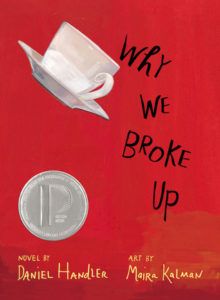 Books like The Hunger Games or Jay Asher’s suicide pseudo-mystery Thirteen Reasons Why rely heavily on world-building or dramatic plot twists to engage readers. Sometimes this can even cover up for lackluster writing.
Books like The Hunger Games or Jay Asher’s suicide pseudo-mystery Thirteen Reasons Why rely heavily on world-building or dramatic plot twists to engage readers. Sometimes this can even cover up for lackluster writing.
But if your writing is good enough, you don’t need to have a plot that outshines the actual words on the page. Even if there is a background plot, something that has happened in the past or in a realm not directly relevant to your story, you don’t have to explain it in full action. Let your writing speak for itself.
Daniel Handler’s Why We Broke Up is the perfect example of a rather simple book that rises above the stereotype of YA lit. It details the dissolution of Min and Ed’s relationship through a box of mementos collected over their short romance that Min returns to Ed.
Daniel Handler has proven himself to be more than competent as a YA and adult writer, but in this book, his writing truly shines. In fact, it’s driven by language in the form of a letter Min writes Ed to accompany the box. She recounts little details—moments from their time together—about each item in the box, but of course this is to Ed, who has lived through those details, so the main focus of each anecdote is emotion.
Dialogue plays a large role in Why We Broke Up, but it’s never the focus. Everything except the writing is run-of-the-mill, even the actual reason why Min and Ed broke up, which is kept secret for most of the book. One of the items in the book is one of those prickly balls you can find in any yard. She (and by that of course I mean Handler) writes of it, with fervent emotion and refreshing honesty:
“Who knows, a seed of some kind, a fruit, a pod, a unicorn loping through the underbrush where we lay together. Put it in water, I could have done, taken care of it and who knows what might have grown, what might have happened with this thing from the park where I loved you, Ed, so much.”
2. Give your characters an ordinary, maybe even boring mission in life.
Example: It’s Kind of a Funny Story by Ned Vizzini
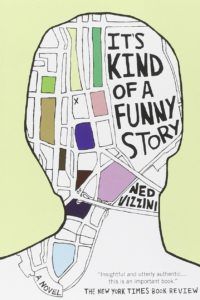 This somewhat goes along with not falling back on an elaborate plot, but you should focus on your actual characters just as much as what your characters are going through. Sometimes readers just want a protagonist who’s exactly like them.
This somewhat goes along with not falling back on an elaborate plot, but you should focus on your actual characters just as much as what your characters are going through. Sometimes readers just want a protagonist who’s exactly like them.
Metaphorically, teens are going to identify with The Hunger Games’s Katniss Everdeen and Thirteen Reasons Why‘s Clay Jensen, but sometimes it’s nice to know you’re not alone in the monotony of real life. Readers will relate to your ordinary girl-or-guy-next-door as much as (and more than) they will a national icon expected to save the world or a boy trying to carry out a dead girl’s last wishes.
In It’s Kind of a Funny Story, Ned Vizzini presents a narrator who is wrung out by life in general and, after deciding to commit suicide and later deciding not to commit suicide, accidentally checks himself into the psych ward of his local hospital. Sure, stints in mental institutions aren’t exactly common, and the characters Craig meets there aren’t everyday people, but the book is fixed around his recovery more than anything else. After that first night, the night Craig was going to jump off the Brooklyn Bridge, he decides that he wants to get better, he just doesn’t really know how. But that’s his mission until the final page: Get better.
“Badoom. Badoom. Badoom.
My heart is ramming now. It’s beating everywhere. It hits all the spots in my body, and I feel the blood pressuring through me, my wrists, my fingers, my neck. It wants to do this, to badoom away all the time. It’s such a silly little thing, the heart.
Badoom.
It feels good, the way it cleans me.
Badoom.
Screw it. I want my heart.
I want my heart but my brain is acting up.”
Craig doesn’t want to kill himself for any other reason than because he’s depressed. He doesn’t want to save himself for any other reason than because of his natural, human will to live. He’s achingly ordinary and overwhelmingly real.
3. Don’t sell your protagonists short.
Example: Entwined by Heather Dixon
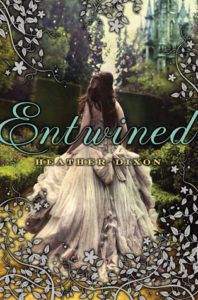 YA lit, like horror movies, is infamous for having oblivious, slow-on-the-uptake protagonists.
YA lit, like horror movies, is infamous for having oblivious, slow-on-the-uptake protagonists.
Or, even worse, most YA lit centers around protagonists whose entire characters are built on eccentric quirks. Take for example John Green’s Paper Towns, in which one character is defined by a family with the biggest collection of Black Santas in the world, and his central character is obsessed with every hipster boy’s dream girl—a poster child for the “manic pixie dream girl” trope in literature.
This is the last thing you want in your characters if you’re looking to break out of the YA lit stereotype. You’ve got to give them not only actual character traits (as opposed to mystery), but also an air of independence, an existence separate from other characters.
Heather Dixon’s retelling of the Twelve Dancing Princesses fairytale in Entwined is not only elegantly crafted but also elegantly cast. In the aftermath of their mother’s death, the twelve princesses are left in mourning, which means all black clothes, curtains on the windows, and no dancing, which is their one joy in life. Behind the King’s back, they find an enchanted portal to a secret room, owned and inhabited by a man known only as Keeper, where they can dance.
Without giving much away (because if you’re interested, I recommend you read every book in this list), Azalea is quick to catch onto what’s really going on with Keeper.
She, as best she can, keeps her sisters out of harm’s way, and doesn’t spend a moment wallowing in either self-pity or self-aggrandizement, as follows stereotypical YA protagonists, especially females. About halfway through the book, she proves herself (not for the first time) to be a strong-willed individual with a sense of both self-preservation and delicacy when she gets caught in a ball Keeper has thrown in the magical room.
“‘Welcome, my lady,’ he said, ‘to the D’Eathe court. Do you like it?’
Azalea glanced back at the entrance. She wondered if she could somehow push her way through the vines.
‘I ask you again.’ Keeper’s voice was cold. ‘May I have the honor of this dance?’
‘Snap your own head off,’ said Azalea.
Keeper gave a smart bow.
‘I’ll assume that’s a no, thank you,’ he said. ‘Still, I would advise you not to take this dance without a partner to lead you. It could be, ah… precarious.’
Keeper clapped his hands together, twice, and the masked ladies flicked their fans open in unison. Azalea stepped back.”
Azalea cares about her sisters, her father, and herself, enough to protect all of them. She’s smart, and she doesn’t exist to appeal to men. In fact, her love interest (which blessedly develops in the background of her repairing her relationship with the King) is interested in her because of her loyalty, her kindness, her bravery—not because she was written two-dimensionally.
4. Avoid sprinkling your work with clichés in order to be relatable.
Example: Peak by Roland Smith
A lot of YA lit uses cliché and overly saccharine language to draw  readers in, tugging on their heartstrings and covering up for a thin or overused narrative.
readers in, tugging on their heartstrings and covering up for a thin or overused narrative.
After all, you’re targeting an audience who, by large, is moved by Tumblr pictures of girls in long dresses with quotes like “But what’s the matter with gravity? Why won’t it make you fall for me?” lazily photoshopped into the background.
If you’re looking to appeal to only young adults, sprinkling your work with lines such as “It would be a pleasure to have my heart broken by you” seems like the best way to become popular, but not it’s not necessarily the best way to write.
Peak is plot-driven, but Roland Smith does not have to invent a world to keep his readers entertained.
The story follows 14-year-old Peak Marcello as he reunites with his formerly-absent dad and tries to summit Mt. Everest. Throughout, Smith’s writing is harkens back Hemingway’s prose, told in short, deliberate sentences:
“Sun-jo asked me how I was doing. I tried to answer, but all that came out was a hissing croak. It didn’t bother me that I couldn’t talk. What worried me more was that the sore throat might be the beginning of something worse. There was a nasty virus going through Base Camp that had everyone in an uproar. If you catch something bad enough your climb is over.”
Not much of this book is independently quotable. In fact, I don’t think anything is even worthy of a Tumblr post. But Smith’s Peak is a fully-formed character, believable in both narration and dialogue with other characters, and that combined with the action keeps readers invested.
5. Make your reader feel something other than sympathy.
Example: Stolen by Lucy Christopher
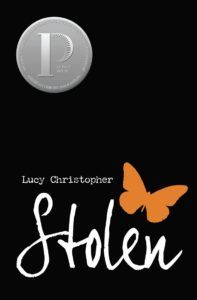 Sympathy is a common reaction most YA lit readers experience, be it over the protagonist’s unfortunate love life, health, or circumstances. That kind of emotion is manipulative and effective, but it’s everywhere. It’s going to get old after a while, and your book too will become lost in the giant pile of other YA novels that draw out the same emotion in readers.
Sympathy is a common reaction most YA lit readers experience, be it over the protagonist’s unfortunate love life, health, or circumstances. That kind of emotion is manipulative and effective, but it’s everywhere. It’s going to get old after a while, and your book too will become lost in the giant pile of other YA novels that draw out the same emotion in readers.
So why not aim for something different?
Aiming for sympathy (or in some cases, pity) might be the easiest way to make readers feel something, but it’s just one of many. You can shoot for anger—not just towards a villain or bad situation relating to the unhappiness of your characters, but anger at the protagonist, even—or revulsion.
Plenty of adult lit details the more gruesome and nasty parts of life; YA lit should be able too, as well.
Another emotion you can pull from your readers is conflict (meaning conflicting emotions). Lucy Christopher does this brilliantly in Stolen, which follows Gemma, a teenage girl kidnapped in a foreign airport and held prisoner for months. Gemma’s captor is Ty, the polar opposite of the “kidnapper” stereotype. He is young and handsome, kind to Gemma while she is under his care, and Gemma is quick to realize he took her because of a twisted, all-encompassing (but aside from the actual kidnapping, never truly creepy) love for her.
This book, told from Gemma’s perspective as a letter to Ty, is similar to Nabokov’s Lolita in the fact that not only do readers feel sympathy for a character so obviously ignorant of morality, but also because it incites something deeper than sympathy, something more complicated.
While reading this book, you know you’re not supposed to like Ty, but doing so feels inevitable. Christopher has written a book in which the reader can almost experience Gemma’s obvious Stockholm Syndrome along with her. At one point, she writes,
“Right at that moment it was as if we were the only two people left in the world. And I don’t mean that to sound corny; it just honestly did. The only sounds were the droning crickets and chip-chips of the bats, the faraway wind against the sand, and the occasional distant yowl of a dingo. There were no car horns. No trains. No jack-hammers. No lawnmowers. No planes. No sirens. No alarms. No anything human. If you’d told me that you’d saved me from a nuclear holocaust, I might have believed you.”
Christopher is able to draw readers to Ty against their better judgment because Gemma too is drawn to him. The language of this book is highly romanticized, delicately crafted, and beautifully done. It’s a marvel because it makes readers feel something deeper than what has already filled up YA shelves.
If you do it right, your book will, too.
